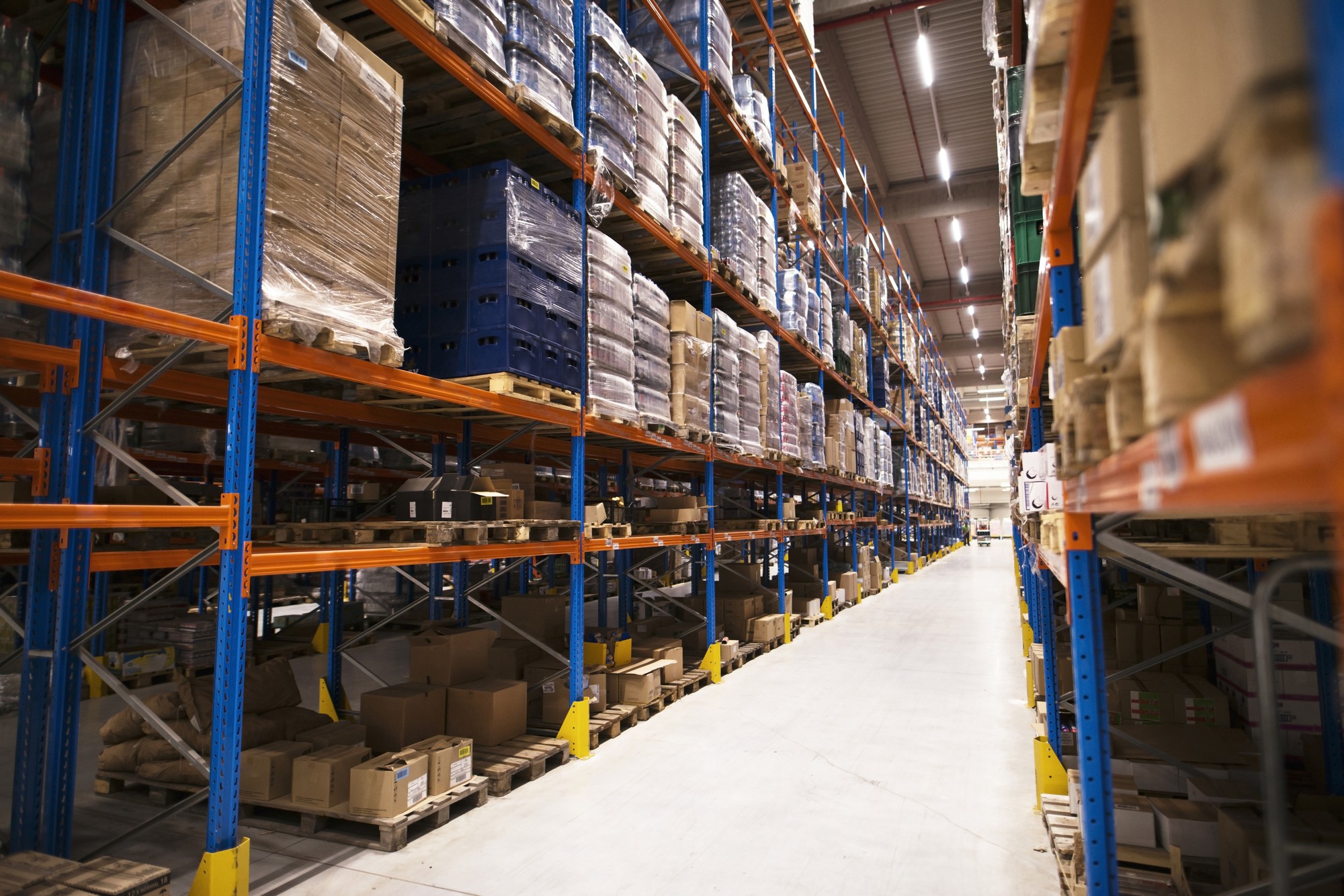Setting the Scene
Let’s be real — logistics is the lifeblood of any product-based business. Whether you’re a small e-commerce startup or a full-blown manufacturing unit, getting your goods from point A to point B efficiently is non-negotiable. But here’s the kicker — how you manage that journey can make or break your bottom line.
Why This Comparison Matters in 2025
It’s 2025, and tech is no longer a luxury — it’s a necessity. Businesses are increasingly choosing automation to boost efficiency and cut costs. Yet, many still rely on manual logistics systems out of habit, fear of change, or budget concerns. So, what’s actually costing you more: staying old-school or going digital?
Let’s break it down.
Understanding Manual Logistics
What Are Manual Logistics?
Manual logistics involve handling supply chain activities without much tech — think paper trails, spreadsheets, and phone calls. It’s people-heavy, prone to human error, and slower than a dial-up connection.
Key Features of Manual Logistics
Human Labor Dependency
You rely on people to log orders, make calculations, route shipments, and keep tabs on inventory. Sounds personal? Sure. Efficient? Not quite.
Paper-Based Systems and Spreadsheets
It’s 2025 and some companies still use Excel sheets or — wait for it — handwritten ledgers. This not only slows things down but opens up a massive margin for errors.
Phone Calls and Emails for Coordination
Ever played “telephone” as a kid? That’s what manual logistics often feel like — a single misheard address or wrong number and boom! A delivery goes sideways.
Common Industries Still Relying on Manual Systems
From small retailers and mom-and-pop shops to some regional transporters, many still cling to manual logistics due to legacy systems or cost fears.
Exploring Automated Logistics
What Is Automated Logistics?
Automated logistics use software, AI, machine learning, and real-time data to manage operations. It’s like giving your logistics a brain, eyes, and speed — all at once.
Key Features of Automated Logistics
Cloud-Based Platforms
No more local servers or storage. Access your logistics data from anywhere — whether you’re in Delhi or Denmark.
AI and Machine Learning Integration
Predictive analytics, route optimization, and smart scheduling are just the beginning. AI can analyze years of data in seconds and offer actionable insights.
Real-Time Data Tracking
Track orders in real-time, see where your truck is stuck, or get notified if your warehouse is running low — all without picking up the phone.
Rise of Automation in Indian Logistics
India’s logistics sector is embracing digital faster than ever, thanks to government initiatives like Digital India and the push for smart cities. Automated logistics is no longer a “nice to have” — it’s a must-have.
Head-to-Head Comparison: Manual vs. Automated Logistics
Cost Analysis
Manual systems might look cheaper upfront but add up labor costs, errors, delays, and compliance issues — and you’ll see how automation pays off big time.
Accuracy and Error Rates
Manual: High error rates due to human input.
Automated: Near-zero errors thanks to system-driven entries and validations.
Time Efficiency
Manual: Slower than a snail on vacation.
Automated: Fast, real-time processing with instant updates.
Customer Satisfaction
Manual: Late deliveries and poor tracking ruin reputations.
Automated: Customers get tracking links, ETAs, and smooth deliveries — hello, 5-star reviews!
Scalability
Manual: Crumbles under pressure.
Automated: Scales effortlessly with your business.
Hidden Costs of Manual Logistics
Wasted Man-Hours
Re-entering data, double-checking shipments, and cross-referencing ledgers — that’s a lot of time down the drain.
Delays and Miscommunication
Ever had a delivery guy call you asking for an address that was already on file? Manual systems often lack centralization, leading to costly delays.
Inventory Mismanagement
Running out of stock or overstocking? Manual tracking doesn’t offer real-time inventory updates, leading to missed sales or wasted space.
Compliance and Documentation Hassles
Lost invoices, outdated shipment logs, and missed GST filings — manual systems are a nightmare for compliance.
Long-Term ROI of Automation
Reduced Operational Costs
Sure, automation requires upfront investment, but it slashes costs in the long run by reducing errors, headcount, and inefficiencies.
Enhanced Visibility and Forecasting
Real-time data lets you forecast demand, manage inventory better, and plan smarter routes — the kind of stuff spreadsheets just can’t handle.
Streamlined Workflow
With fewer manual interventions, teams can focus on strategy and growth instead of tracking shipments and hunting down paperwork.
Competitive Advantage
Businesses that automate today are tomorrow’s leaders. Why be Blockbuster in a Netflix world?
Real-Life Example: Before and After Automation
A mid-sized FMCG company in Mumbai switched from manual to automated logistics using ZORAICO. Before automation:
- They missed 20% of deliveries due to miscommunication.
- Inventory mismatches were a daily issue.
- Customer complaints? Through the roof.
After implementing ZORAICO:
- Delivery accuracy improved by 95%.
- Inventory updates became real-time.
- Complaints dropped by 70%.
Why Indian Businesses Are Moving Toward Automation
From tax compliance and e-way bills to rising consumer expectations, Indian businesses are realizing that manual just won’t cut it anymore. Government digitalization policies and increasing smartphone penetration are further accelerating this shift.
Introducing ZORAICO: India’s Best Logistic Management Solution
What Is ZORAICO?
ZORAICO is an all-in-one logistics management software built for Indian businesses. Whether you’re a startup, SME, or enterprise, ZORAICO scales with you.
Key Features of ZORAICO
- Real-time vehicle tracking
- Inventory and warehouse management
- Automated billing and compliance tools
- Route optimization powered by AI
- Multi-language and mobile support
How ZORAICO Helps Cut Costs
- Cuts down delivery times by up to 40%
- Minimizes fuel costs through smarter routing
- Reduces manpower requirements by automating key tasks
Case Studies or Testimonials (Brief)
“Since switching to ZORAICO, we’ve halved our operational expenses and improved delivery efficiency dramatically!” – Logistics Manager, Jaipur
When Manual Still Makes Sense
Niche Use-Cases
In hyper-local deliveries or rural areas with limited tech access, manual systems may still have a role.
Businesses in Transition Phases
Startups just launching might test waters manually before scaling.
Budget Constraints
Some small businesses might delay automation due to budget issues — but this often leads to higher long-term costs.
How to Transition from Manual to Automated Logistics
Step-by-Step Migration Plan
- Audit your current logistics operations
- Identify repetitive manual tasks
- Choose a scalable logistics platform like ZORAICO
- Pilot it in one region or department
- Scale gradually
Staff Training and Onboarding
Change management is crucial. Train your staff, address their concerns, and involve them in the transition.
Choosing the Right Software Partner
Look for scalability, local support, cost-effectiveness, and user-friendly interfaces — ZORAICO ticks all those boxes.
Common Myths About Logistics Automation
“It’s Too Expensive”
In reality, the ROI outweighs the cost. Plus, platforms like ZORAICO offer modular pricing.
“Our Team Can’t Handle Tech”
Modern logistics software is intuitive — if your team can use WhatsApp, they can use ZORAICO.
“Manual is More Customizable”
Actually, automation platforms are far more customizable and can adapt to your specific workflows.
Final Thoughts
In the battle of manual vs. automated logistics, there’s a clear winner — and it’s not the clipboard and pen. Automation not only saves money but improves accuracy, speed, and customer happiness.
Platforms like ZORAICO are revolutionizing logistics in India, helping businesses streamline operations, scale faster, and stay competitive in a fast-changing landscape. If you’re still running things manually, you might just be burning money without realizing it.
Conclusion
Choosing between manual and automated logistics isn’t just a tech decision — it’s a financial, operational, and strategic one. As logistics becomes the backbone of customer experience and business scalability, automation is no longer optional.
ZORAICO gives you the power to modernize your supply chain without the headache. Whether you’re in Delhi or Dindigul, B2B or D2C, it’s time to trade in that dusty Excel sheet for a future-ready platform.
FAQs
1. Is automation worth the initial investment?
Absolutely! The ROI from reduced costs, fewer errors, and higher customer satisfaction makes it a no-brainer.
2. Can small businesses benefit from logistics automation?
Yes, especially with flexible platforms like ZORAICO that scale as you grow.
3. What makes ZORAICO stand out?
It’s built for Indian businesses — offering local language support, GST compliance tools, and mobile access.
4. How secure is automated logistics software?
Very secure. ZORAICO uses cloud encryption, user-level permissions, and regular backups to keep your data safe.
5. How long does it take to switch from manual to automated?
With ZORAICO, many businesses start seeing results in just 2-4 weeks, depending on the complexity of their operations.



